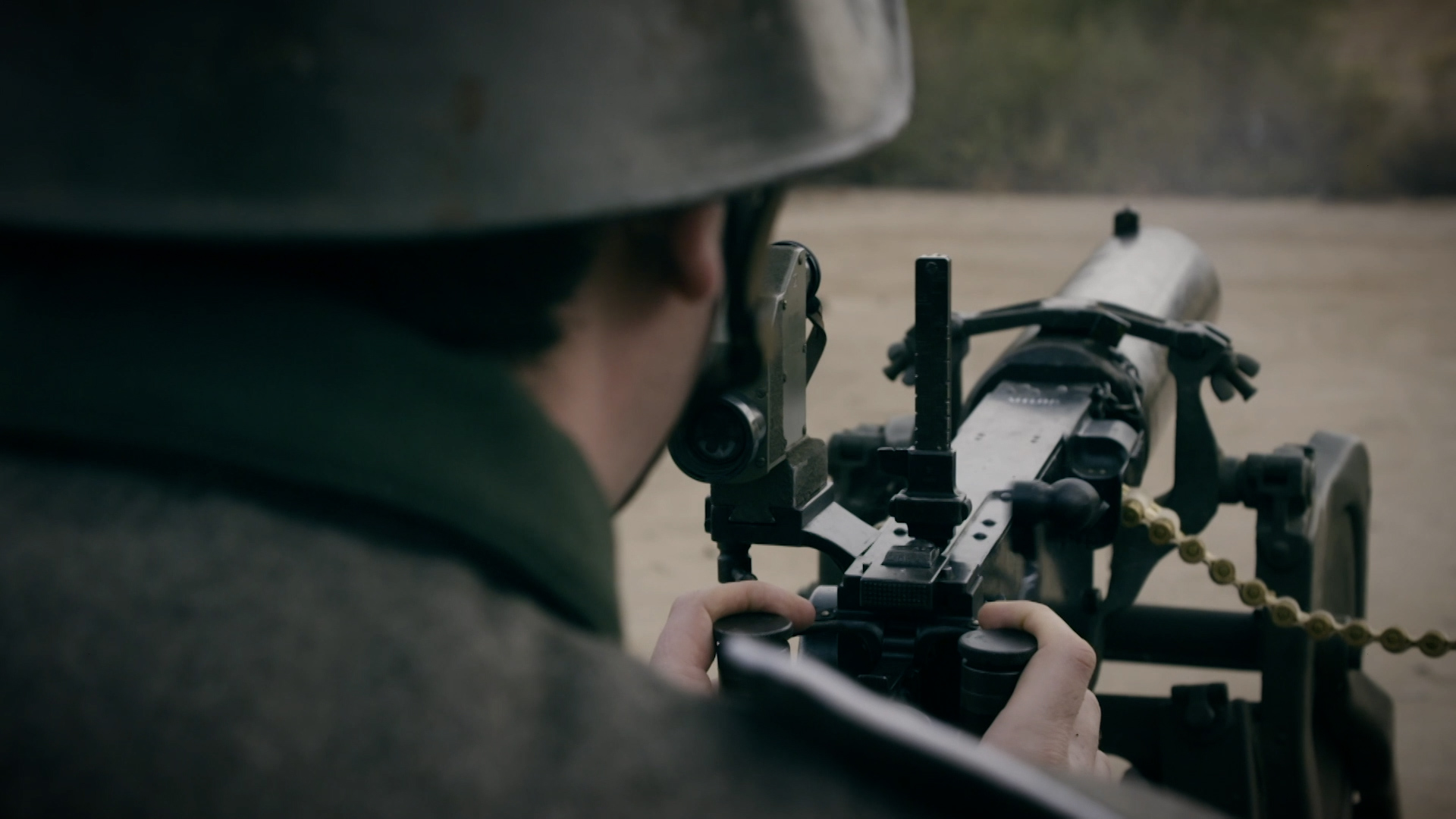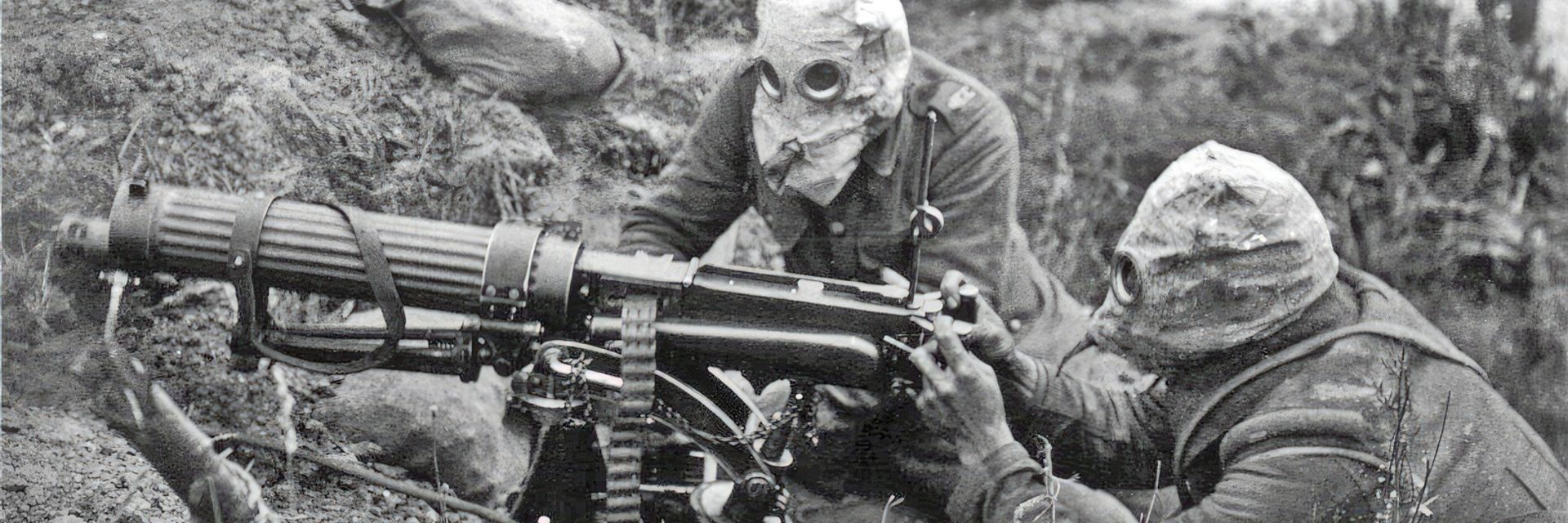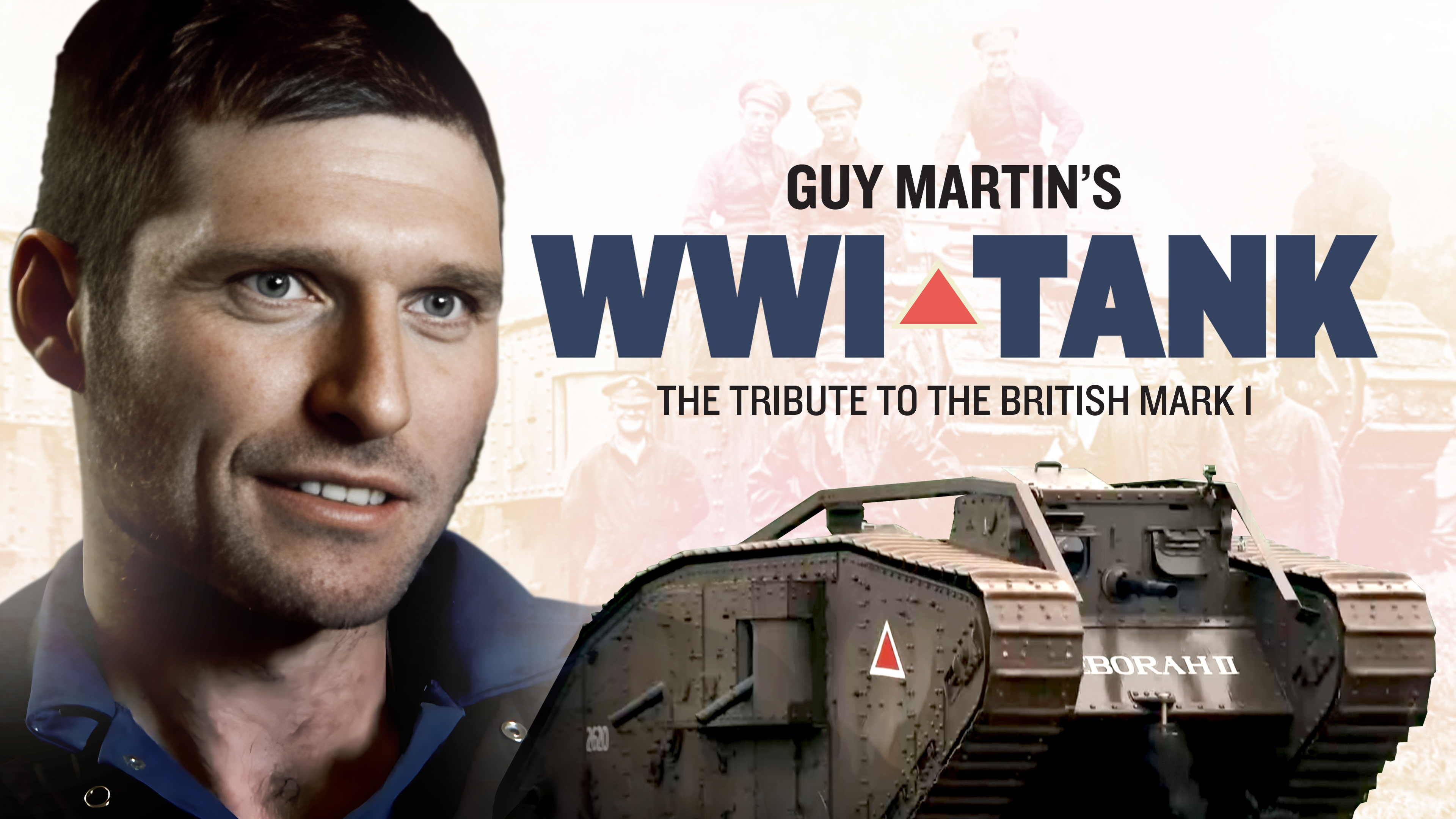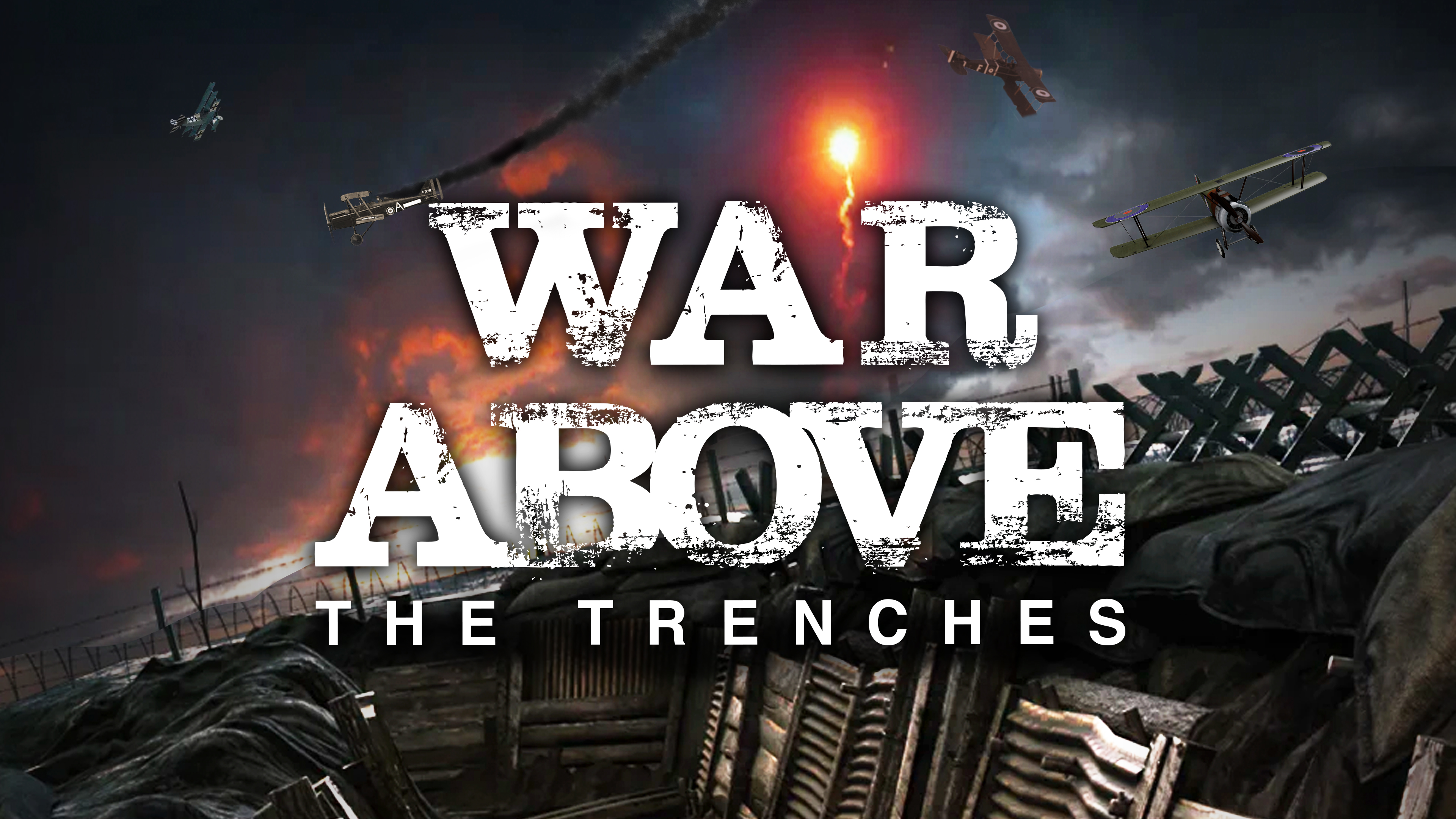Despite the darkly optimistic view of men like H. G. Wells, the First World War was not ‘the war to end all wars.’ In fact, the Great War gave rise to innovations that made armed conflict between nations more deadly and horrifying than humankind had previously experienced. The total number of military and civilian casualties in the conflict may have been as many as 40 million.
Apart from the use of poison gas (which we’ll assign to a separate category of weapons of mass destruction), there were three major military innovations that contributed to the carnage and laid the foundation for modern warfare, transforming strategies, tactics, and the very nature of armed conflict.
The Machine Gun: Infantries’ Most Lethal Weapon
The advent of the machine gun in World War I redefined the concept of firepower. Capable of firing hundreds of rounds per minute rather than just a few, these weapons turned soldiers into formidable killers who could mow down an advancing enemy like scythes slicing through wheat. Prior to their introduction, battles were characterized by a certain degree of mobility; soldiers could maneuver and take cover. But the machine gun’s terrifying efficiency made infantry assaults more perilous.
This new reality forced military strategists to reconsider traditional tactics. Armies dug trenches where soldiers sought refuge from the devastating hail of bullets – and the slaughter that ensued when they went “over the top” in attempts to displace the enemy from their own trenches.

The Maschinengewehr 08, or M.G. 08, was the German Army's standard machine gun in World War I.
The Tank: Armored Machines on Tracks
Initially designed to traverse challenging terrain during the Great War, tanks provided an answer to the stalemate of trench warfare. These armored behemoths, moving slowly across the battlefield, not only offered formidable offensive capabilities but also provided cover for infantry, enabling foot soldiers to advance behind the tank’s protective shield.
Prone to breakdowns in their early use, these deadly machines showcased the potential of mechanized warfare. They laid the groundwork for the development of the modern armored divisions and blitzkrieg tactics of the Second World War.
For more on the impact of the armored tank during WWI, check out the MagellanTV documentary Guy Martin's WWI Tank.
Aerial Warfare: Dominating the Skies
Aviation was still in its infancy when World War I broke out, but military tacticians quickly understood the potential that aircraft presented for influencing events on the battlefield. Initially employed for reconnaissance, airplanes soon took to the air as lethal instruments of war. Fighter pilots engaged in hair-raising dogfights high above the trenches, while bombers targeted enemy positions and supply lines – and sometimes cities – with devastating high-explosive munitions dropped from the sky.
The recognition of the strategic importance of air superiority led to the rapid advance of aircraft technology. These developments paved the way for the creation of national air forces and the integration of air power into a broader range of tactical and strategic options for commanders of modern militaries.
Military aircraft moved warfare into the air during WWI, transforming warfare ever since. For more on this, stream the MagellanTV documentary series War Above the Trenches.
Propelled by these three incredibly lethal innovations, the realm of slaughter, which had generally been limited to the countryside and trenches, expanded in future wars into heavily populated cities, where civilians were increasingly among the casualties. Today, you need only open a newspaper or click into a news feed on your computer to see the distressing result.
Ω
Title image: British machine gun team wearing gas masks at the Battle of the Somme, July 1916 (Source: Wikimedia Commons)



